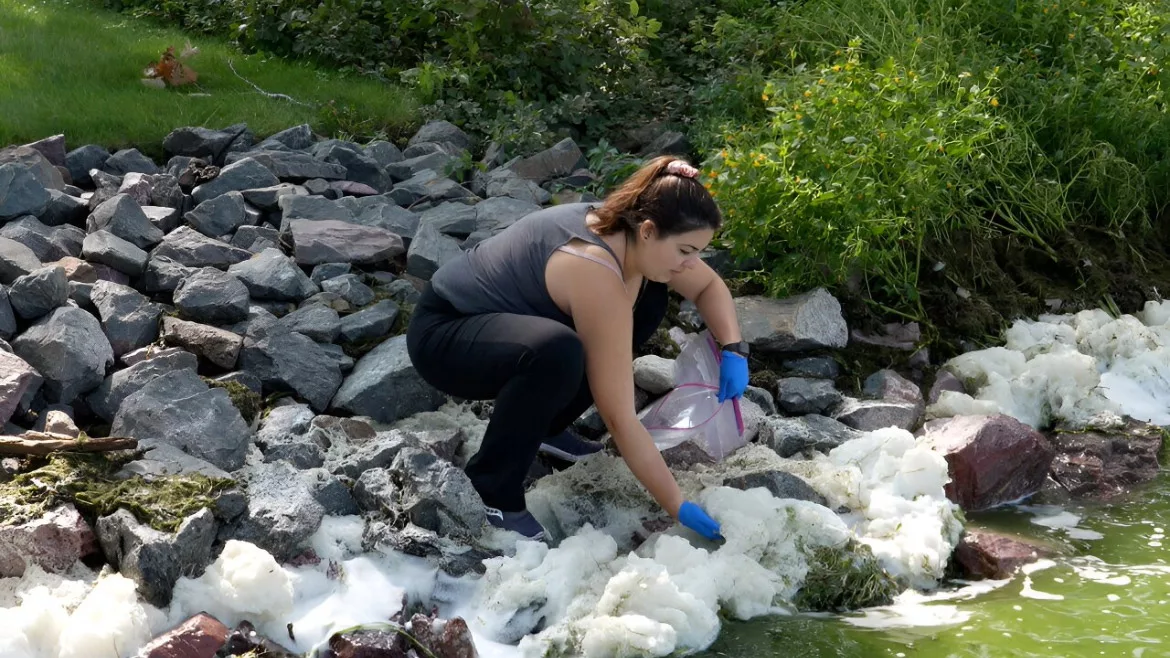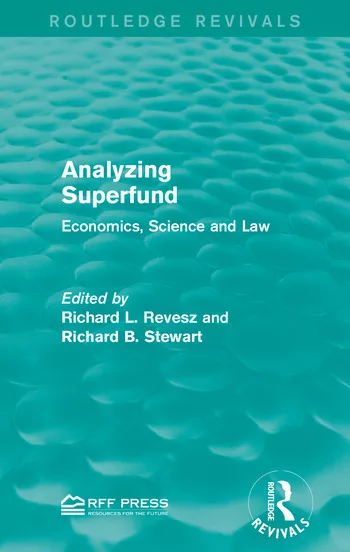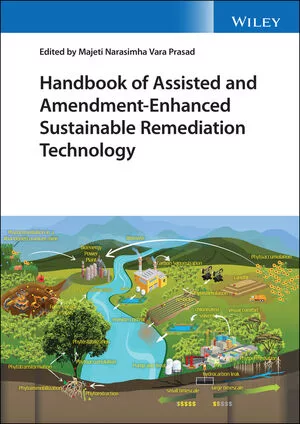Study Reveals Alarming PFAS Levels in Wisconsin Lake and River Foams
Scientists continue to investigate the complex factors contributing to PFAS foam formation

Summer Sherman, who conducted this research while a post doctoral researcher in Christy Remucal's lab, collects naturally occurring foam from the surface of Lake Monona.
Source: Elise Mahon
A study of Wisconsin's waterways has uncovered concerning levels of "forever chemicals" in naturally occurring foam, even in areas where water contamination appears relatively low.
Researchers examined 43 Wisconsin rivers and lakes, analyzing 36 different PFAS compounds in both foam samples and water surface microlayers. The findings revealed a startling discovery: PFAS concentrations in foam ranged from 50 to 7,000 times higher than in the underlying water.
"The PFAS concentrations were high in the foams even if the concentrations in the water were relatively low," said Christy Remucal, a professor leading the research, according to early study findings.
The study's implications are particularly significant for public health, as naturally occurring foam created by churning water could carry high levels of these "forever chemicals," warranting increased caution among lakefront visitors and recreational water users.
Of particular concern, Lake Monona and Lake Waubesa were found to contain the highest levels of PFAS in foam among all studied locations in Wisconsin.
Scientists continue to investigate the complex factors contributing to PFAS foam formation, including wind direction and treated wastewater discharge. The findings underscore the need for continued monitoring and potential policy changes to address this emerging environmental concern.
This comprehensive analysis represents one of the most extensive studies of PFAS in natural water foams to date, providing crucial data for environmental scientists and policymakers working to address PFAS contamination in America's waterways.





